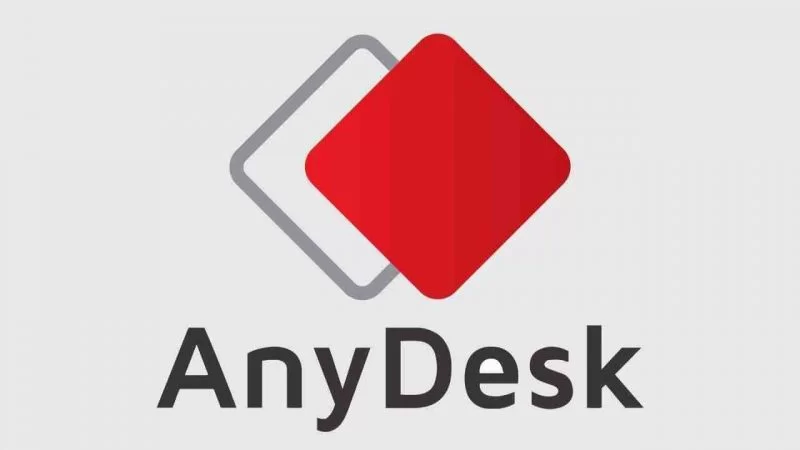Cryptocurrencies have taken the financial world by storm, as per this guide on Blockchain Decoded, with Bitcoin being the most notable example. Behind the scenes, a groundbreaking technology, blockchain, revolutionizes how transactions are conducted and verified. Blockchain is frequently claimed to be an “unhackable” technology. But 51% of attacks allow threat actors to “gain control.
Specifically, this happens to over more than half of a blockchain’s computing power and corrupts the integrity of the shared ledger… While this attack is expensive and complicated, its effectiveness means that security professionals should treat blockchain as a useful technology—not a magical answer to all problems.” The 51% attack takes advantage of what is known as the 51% problem.
Whereby: “If a single party possesses 51% of a mining pool, it is possible to falsify an entry into the blockchain, allowing for double spending, and even to fork a new chain to the advantage of the mining pool.” With its ability to verify transactions, eliminate intermediaries, and foster trust, blockchain is set to shape the future of technology and reshape how we conduct business.
For example, Microsoft is experimenting with blockchain technology to help people control their digital identities while giving users a hold over who accesses that data. Be that as it may, this article will decode blockchain, explaining its inner workings and role in powering the Cryptocurrency revolution.
Understanding What Blockchain Technology Entails In Cryptocurrency Market
Blockchain is a decentralized digital ledger that records transactions across multiple computers, making it highly secure and transparent. It operates on a peer-to-peer network where each participant, or node, holds a copy of the entire blockchain. This distributed nature eliminates the need for intermediaries like banks to verify and validate transactions.
Instead, the participants collaborate to reach a consensus on the ledger’s state. Satoshi Nakamoto invented blockchain—the pseudonym of an unknown person or persons—in 2008 to serve as the public transaction ledger of the Cryptocurrency Bitcoin. This made it the first digital currency to solve the double-spending problem without a trusted authority or central server.
Blockchain technologies are growing unprecedentedly, powering new concepts for everything from shared storage to social networks. From a security perspective, we are breaking new ground. As developers create blockchain applications, they should give precedent to securing their blockchain-based applications and services—activities such as performing risk assessments.
Equally important, blockchain application developers must also consider making threat models and doing code analysis, such as static code analysis, interactive application security testing, and software composition analysis, which should all be on a developer’s blockchain application roadmap. Building security is critical to ensuring a successful and secure blockchain application.
Blockchain Decoded: A Technology Empowering Cryptocurrency Revolution
As described in Blockchain for Dummies, “Blockchain owes its name to how it stores transaction data—in blocks linked together to form a chain. As the number of transactions grows, so does the blockchain. Blocks record and confirm the time and sequence of transactions, which are then logged into the blockchain within a discrete network governed by rules agreed to by the network participants.
“Each block contains a hash (a digital fingerprint or unique identifier), timestamped batches of recent valid transactions, and the previous block’s hash. The previous block hash links the blocks together and prevents any block from being altered or inserted between two existing blocks.” In theory, the method renders the blockchain tamperproof.
The Consensus Transactions Validation
When a new transaction occurs, it is grouped with other transactions into a block. Miners, specialized nodes in the blockchain network, compete to solve complex mathematical puzzles to validate the block. The initial miner to successfully solve the puzzle adds the block to the blockchain, thereby receiving a reward in the form of cryptocurrency, such as Bitcoin, for their efforts. This process is known as mining.
An Immutable And Transparent Ledger
Once a block is added to the blockchain, it becomes virtually impossible to alter. Every blockchain block contains a cryptographic hash that establishes a connection with the preceding block, forming an uninterrupted chain. Any attempt to modify a block would necessitate altering the following blockchain blocks. This task is significant computational challenges posed by the distributed characteristics inherent in the blockchain.
The blockchain ledger is transparent, meaning anyone can view the entire transaction history. This transparency fosters trust and accountability, allowing participants to independently verify transactions and detect suspicious activity.
How To Get Started With BitiCodes And Start Trading Cryptos Online
For those interested in exploring the world of Cryptocurrencies and leveraging the power of blockchain technology, we recommend considering BitiCodes in their marketplace trading plan. The BitiCodes application is advanced software developed by a team of dedicated Crypto trading professionals—to provide traders with the data and tools necessary for mastering the Crypto world.
If you have been watching the growth of digital currencies over the last few years, it is evident that the prices of these assets are volatile, and many factors cause these movements to happen, which are hard to track and even understand. The BitiCodes app was designed to analyze the markets for the trader and generate in-depth analysis based on data extracted from the existing market conditions.
And then, they combine it with the use of technical indicators and historical price data. By having access to information that clarifies the movement of crypto prices, you will not need to apply the most sophisticated trading strategies as you enter a Bitcoin trading platform. Instead, with the help of the BitiCodes app, you can quickly pinpoint the correct entry points in the marketplace.
Afterward, you can quickly adapt your strategy to take advantage of the top trading opportunities. This means that even if you have no experience in market or technical and fundamental analysis, you can also get in on the crypto trading action. This is all thanks to the BitiCodes app and its advanced analytical capabilities.
Blockchain Decoded: The Most Significant Technology Applications
The two main types of blockchain, public and private, offer different levels of security. Public blockchains “use computers connected to the public internet to validate transactions and bundle them into blocks to add to the ledger. Private blockchains, on the other hand, typically only permit known organizations to join.” Because any organization can join public blockchains, it might not be suitable.
Mainly for enterprises concerned about the confidentiality of the information moving through the network. Another difference between public and private blockchains is participant identity. Public blockchains are typically designed around the principle of anonymity. A private blockchain consists of a permissioned network in which consensus can be achieved.
More so through a process called ‘selective endorsement,’ where known users verify the transactions. The advantage of this for businesses is that only participants with the appropriate access and permissions can maintain the transaction ledger. This method still has a few issues, including insider threats, but many can be solved with a highly secure infrastructure.
While blockchain is still largely confined to use in recording and storing transactions for cryptocurrencies such as Bitcoin, proponents of blockchain technology are developing and testing other uses for blockchain, such as follows:
1. Cryptocurrencies And Financial Services
Blockchain’s initial breakthrough came with the creation of Bitcoin. Since then, it has given rise to numerous cryptocurrencies that offer secure and decentralized alternatives to traditional financial systems. Blockchain technology enables fast and low-cost cross-border transactions, eliminates the need for intermediaries, and provides financial inclusion to the unbanked population.
2. Automated Supply Chain Management Processes
The transparency and immutability of blockchain make it ideal for supply chain management. Companies can track the journey of goods from their origin to the final destination, ensuring authenticity, quality control, and fair trade. Blockchain can also enhance traceability by recording crucial information such as certifications, inspections, and temperature monitoring.
3. Smart Contracts And Decentralized Applications
Blockchain enables the execution of smart contracts, self-executing agreements with predefined rules. These contracts automatically execute once the agreed conditions are met, without the need for intermediaries. Ethereum, a blockchain platform, has pioneered smart contracts, opening doors to decentralized applications (DApps) that run on the blockchain and offer various services beyond traditional financial transactions.
4. Healthcare And Identity Management
In the healthcare sector, blockchain can improve the security and accessibility of medical records, enable interoperability between different systems, and enhance patient privacy. Blockchain-based identity management solutions also offer secure and verifiable identity verification, reducing the risks of fraud and identity theft.
Blockchain technology has transformed the world of Cryptocurrencies and holds immense potential in various industries beyond finance. Its decentralized and transparent nature enhances security and trust, revolutionizing traditional systems. Understanding the overall blockchain technology inner workings becomes increasingly essential as the Cryptocurrency revolution unfolds.
5. Blockchain Technology And Hyperledger
For beginner investors and newcomer Cryptocurrency traders, Hyperledger is an umbrella project of open-source blockchains and related tools, started in December 2015 by the Linux Foundation and supported by industry players like IBM, Intel, and SAP to support the collaborative development of blockchain-based distributed ledgers.
Hyperledger participants believe that only an Open Source, collaborative software development approach can ensure the transparency, longevity, interoperability, and support required to bring blockchain technologies forward to mainstream commercial adoption. The objective of the Hyperledger project “is to advance cross-industry collaboration by developing blockchains.
This is coupled with distributed ledgers, with a particular focus on improving the performance and reliability of these systems (compared to comparable Cryptocurrency designs). In that case, they can support global business transactions through significant technological, financial, and supply chain companies.




Akismet | No #1 WordPress Site Spam Protection Plugin